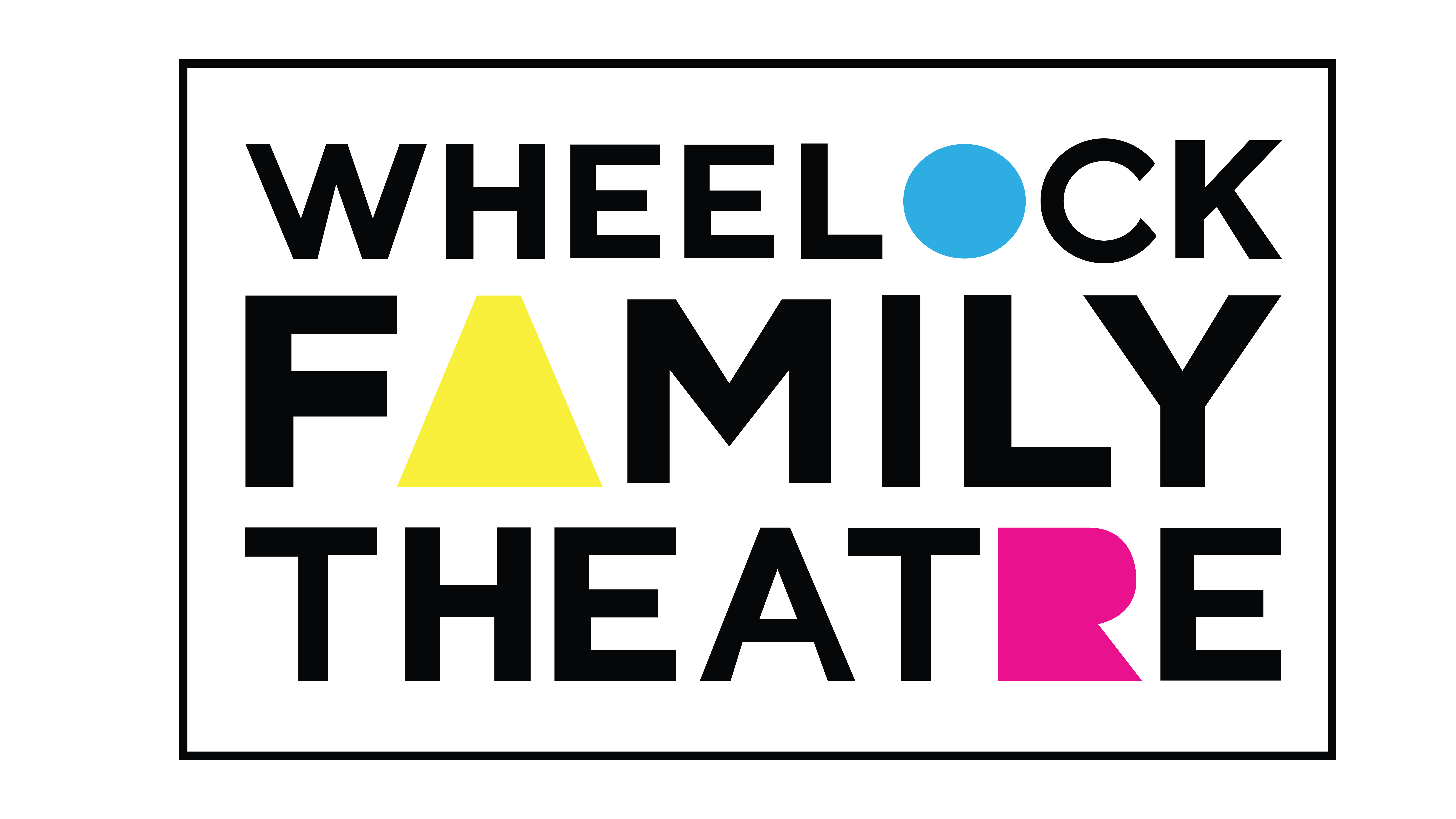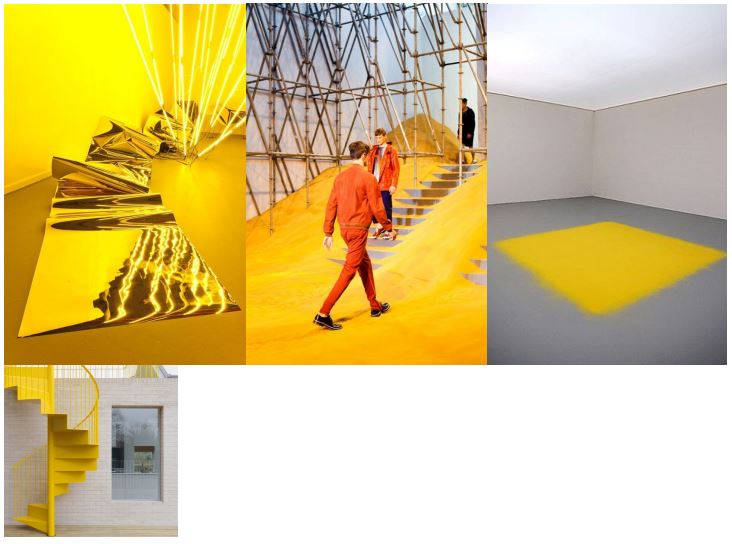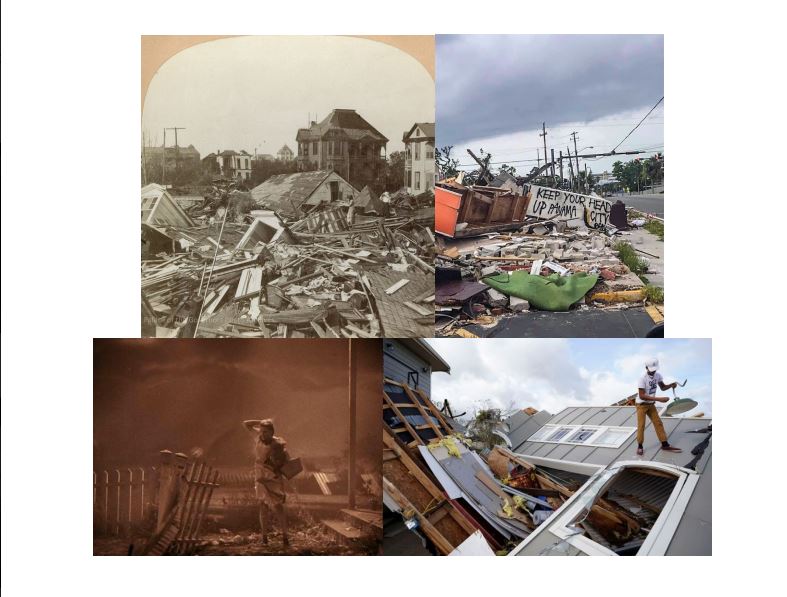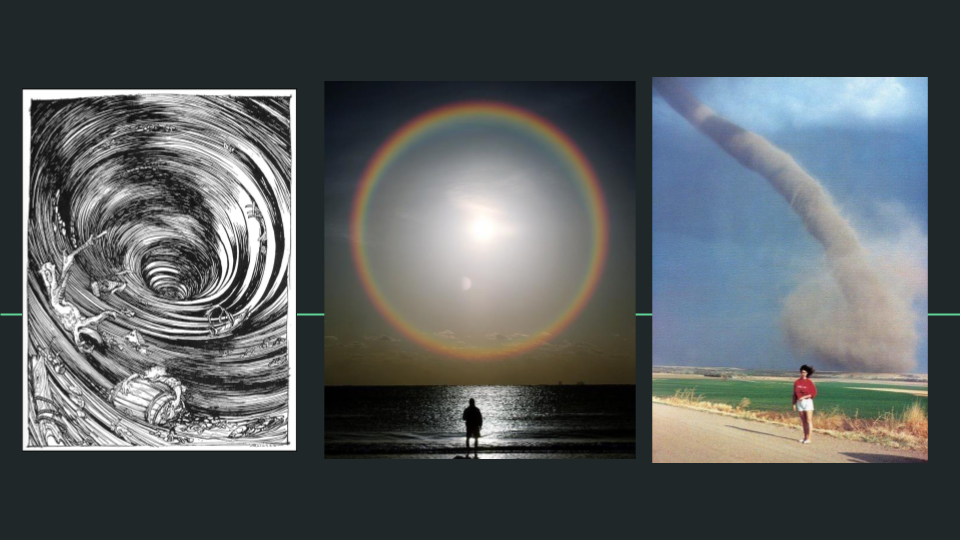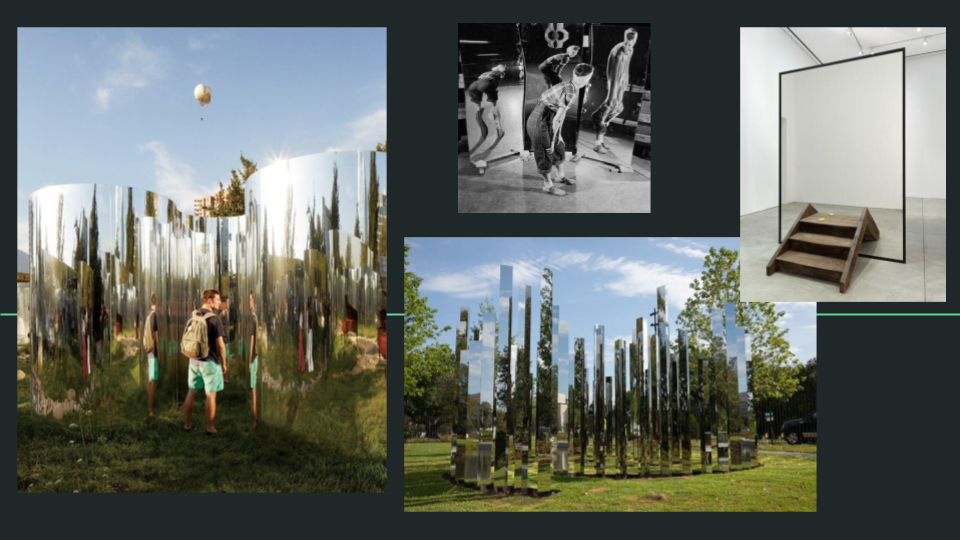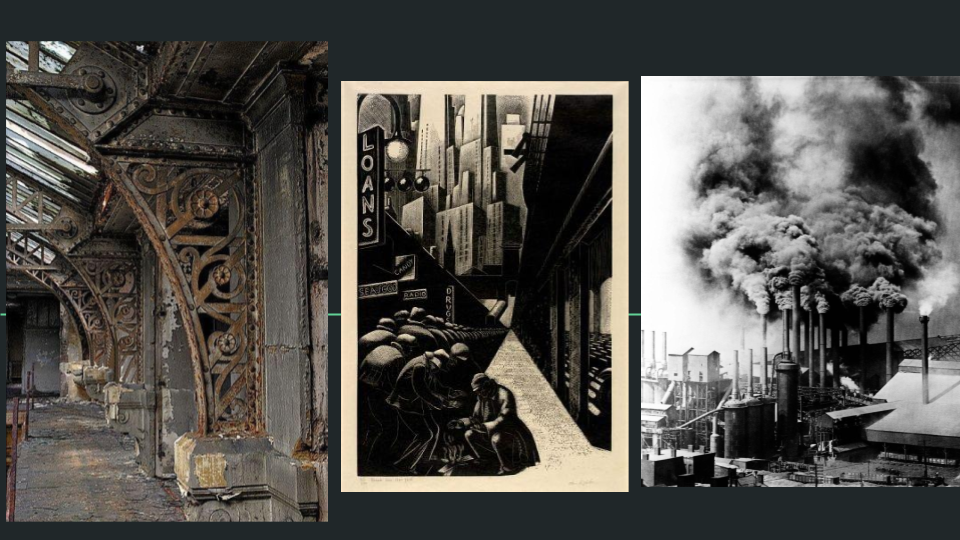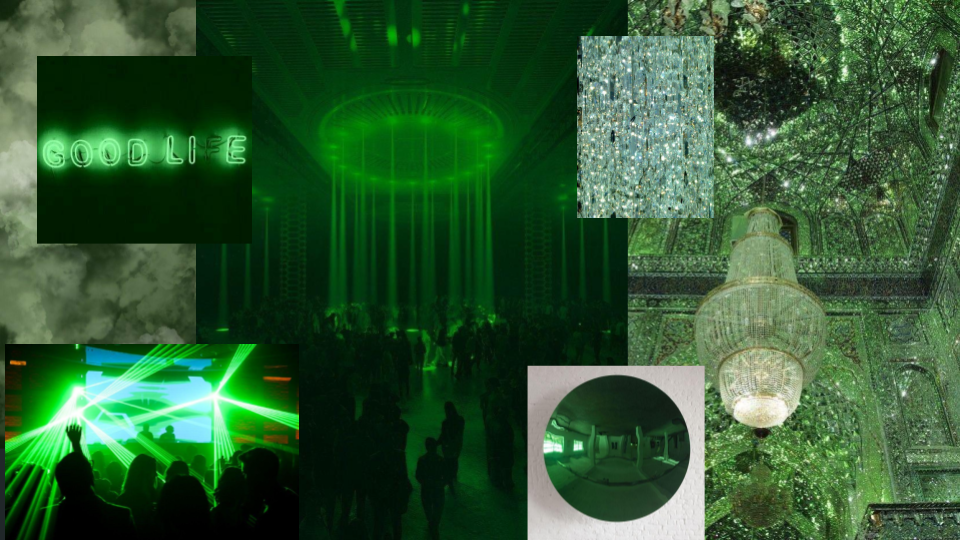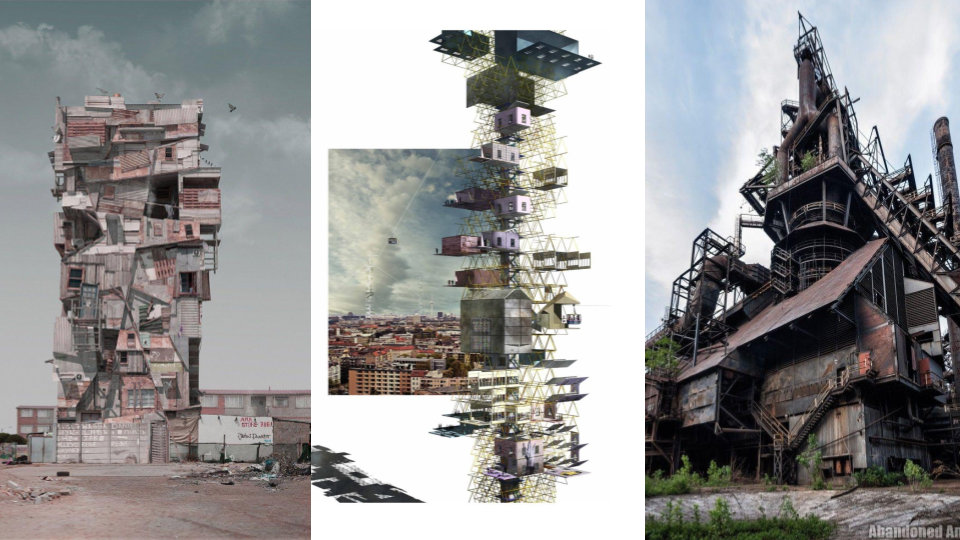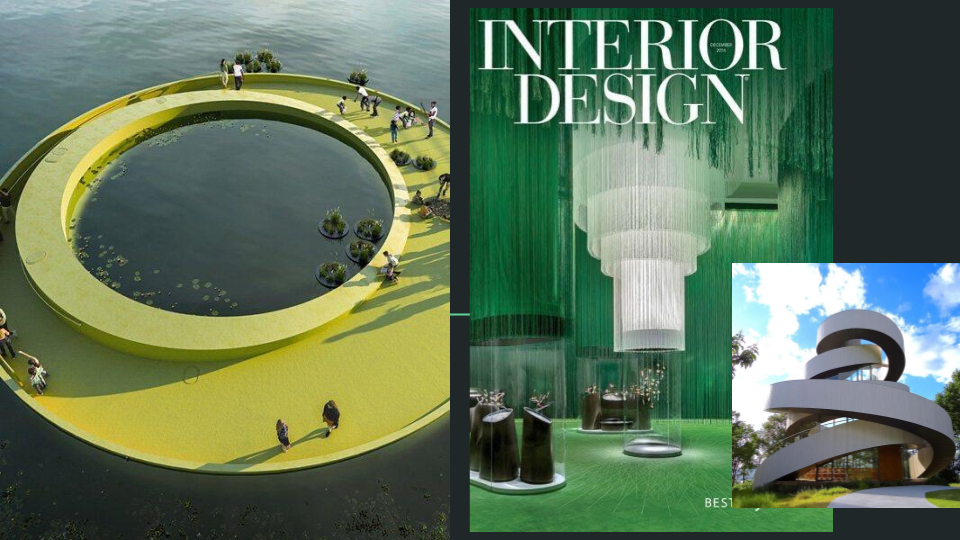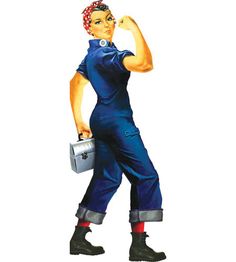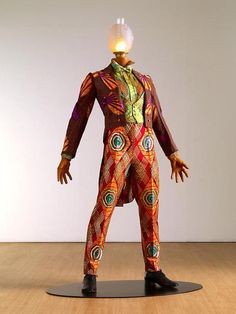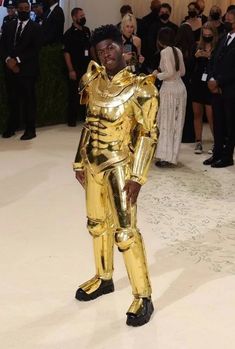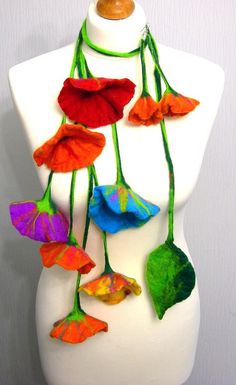WIZARD – Stagecraft & the Theatrical Process
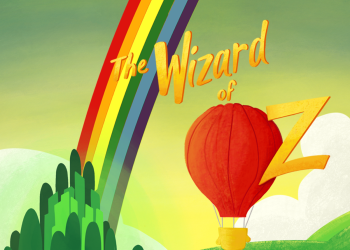
Just as the man who turns out to be the Wizard of Oz creates the illusion of the wizard from behind a curtain, there is a team of designers and thinkers behind any production who work hard to bring the imaginative world of the show to life! This section explores the magic of stagecraft and the theatrical process that takes a show from page to stage. In this section, students will examine the designs that create the conceptual world behind WFT@BU’s production of The Wizard of Oz, develop their own ideas about the world of the play, and experiment and play with tools of the trade through hands-on activities.
ACTIVITY 1: Examining Design
In order to create the world that you see onstage, a team of designers and creators collaborate by bringing together their individual designs into a cohesive onstage world. The director guides the overall concept and works with both the designer and actors to put together the show as a whole. The designers that make up the team are the costume designer, set designer, lighting designer, props designer, and sound designer. For a musical, there is also a music director and a choreographer on the team, to support the actors musically and to tell the story through dance.
Many directors and designers gather research images as a key part of the beginning of their process. Research images are pictures in which the subjects, objects, colors, mood, textures, or patterns inspire that director or designer and might help them convey their concept for the show. While the final design will not look exactly like the research images, the images will capture the emotions and environments that the final designs will evoke.
When you think of The Wizard of Oz, images of characters and locations from the movie may immediately spring to mind. However, any production team working on The Wizard of Oz has creative license to conceptualize and construct the world of the play in any way they choose.
Take a look at these examples of research images from the director of WFT@BU’s production of The Wizard of Oz: Click each image to enlarge
Pose the following questions to your class:
- What stands out to you or interests you about these images?
- What emotions, themes, or ideas do you think the director is hoping to convey with these images?
- What questions would you like to ask the director about these research images?
- How do these images connect to or diverge from the images that already exist in your head of The Wizard of Oz?
- How did you see these research images inspiring the design when you saw the production of The Wizard of Oz at WFT@BU?
After discussing together, watch this clip of the director describing his concept for the production!
Clip to come!
Now, repeat the above process of examining and discussing using the following research images from the costume designer.
Afterwards, watch this clip of the costume designer describing her concept.
Clip to come!
ACTIVITY 2: Developing a Concept
Now, it is your students’ turn to develop a concept for a production of The Wizard of Oz!
Students either select or are assigned a role on the production team: director, costume designer, set designer, lighting designer, props designer, or sound designer.
Students work individually to curate a set of 7-10 research images which capture the emotions, themes, and ideas they would hope to convey as that member of the team for a production of The Wizard of Oz. For sound designers, students may use clips of sound or music instead of images. To find images and sounds, students can search the internet or use books or magazines you provide.
In addition to their images, students can write a collection of words or, for older students, a short paragraph describing the ways these images capture the mood and inspire their design ideas.
For a more extended writing exercise, students can write a director’s note, in which a director describes their feelings about the story, some of the ideas and choices that went into this specific production of the story, and what they hope the audience will see, learn, or take away from the production. Each student writes a 2-3 paragraph director’s note that would go with their imagined production of The Wizard of Oz. Encourage students to get specific about the choices they have made in their theoretical, imaginary production, as well as to think about setting the tone for the audience members who would be reading this note before or after seeing the production.
Students share their work either to a small group of peers or to the whole group. Ask students to imagine that they are at a design meeting presenting their work to their fellow designers. They should describe why they selected their images and how those images convey what they believe the story of The Wizard of Oz is about. They should be prepared to take questions and defend their design choices.
For an added challenge, group students into ‘production teams’ with one of each role – one director, one costume designer, etc. Students must first present their individual ideas to their team members, and then work together to combine their ideas into one cohesive design concept that they will present to the rest of the class.
ACTIVITY 3: Experiment with Objects
In Wheelock Family Theatre’s production of The Wizard of Oz many of the props in Oz are made from everyday or found objects. The Wicked Witch’s broom is made from bicycle parts, the Scarecrow’s crows are part lantern & part garden sheers. Audiences will use their imagination to help tell the story with the performers who will interact with these objects in creative new ways.
One way to start to think like a director is to consider the following: If you could use only one object onstage to tell this story, what object would you use? Why? How would you use that object, perhaps in multiple creative ways, to tell the story? You could use multiple of the same object, but they must be the same object.
Start by asking students to explore the space around them and look for objects that could be used in multiple ways to tell a story. How could a pencil be useful in multiple ways, and what message would using a pencil as the sole prop send to the audience? What about a scarf? A book? An umbrella? A box?
Next, either individually, in pairs, or in small groups, ask students to consider or discuss the themes or messages they would want to illuminate as a director when directing The Wizard of Oz.
Students brainstorm objects that might be associated with those themes or messages.
If students are having trouble getting started, consider introducing the following thinking routine:
-
CSI: Color, Symbol, Image (Ritchhart, Church & Morrison, 2011, p. 119)
- Choose a color that represents the story
- Choose a symbol that represents the story
- Choose or sketch an image that represents the story
Now, students narrow down to two or three objects that might be top contenders to be their only one object to use in telling the story. If students can procure one of each object, they could experiment with and write down different ways that object could be a part of telling the story.
Finally, students settle on one object, and either write about or present to the class their reasoning for using that object in the story, the different ways they would use that object in the production, and the message they hope the audience takes away from the production and their creative uses of their only one object.
To reflect on this exercise, consider putting each of the objects that students chose around the classroom. Students walk around with sticky notes to each object. As they stop by each object, students write one word or sentence about how the choice of that particular object would influence their interpretation of the story as an audience member, leaving the sticky note next to the object as both reflection and feedback.
Contact Us
If you have any questions or would like to share how you and your class engaged with the VLG, send us an email at WFTEd@bu.edu.
